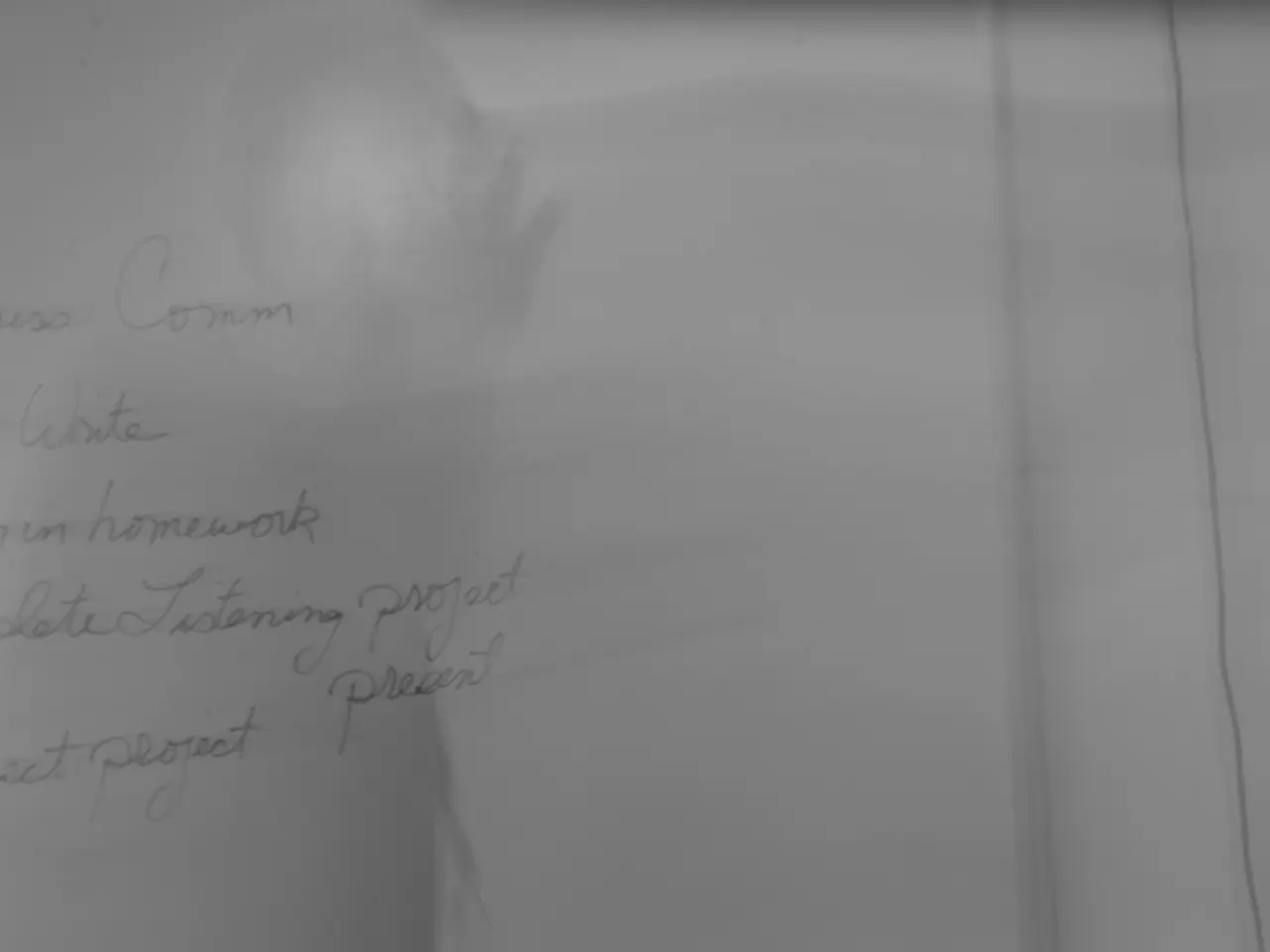Slippery Paranormal Phenomenon: An Overview of Ectoplasm
In the late 1800s, a mysterious substance known as ectoplasm emerged as a central figure in the world of spiritualism and paranormal phenomena. The term was coined by French physician Charles Richet in 1894, who used it to describe a strange exudate believed to be a physical manifestation of spiritual energy or a medium's life force [1].
Ectoplasm was often described as having personal characteristics such as being white, milky, slimy, and emitting an ozone-like odour. It was said to take various forms, from white veils to milky patches, and was sometimes solid and sometimes vaporous, emanating from the mouths, ears, and noses of physical mediums [2]. In spiritualist belief, ectoplasm served as the material from which spirits could form temporary visible or tangible bodies to communicate with the living [1].
The concept of ectoplasm gained popularity during the rise of Spiritualism and Victorian-era séances. Mediums would claim to emit this substance while contacting the dead, and witnesses often described ectoplasm in various shapes and forms, sometimes resembling gauze or cheesecloth [1][2]. It became a symbol of the connection between the living and the dead and played a central role in paranormal lore and practices of that time [2].
However, scientific investigations into ectoplasm revealed fraud in many cases, as mediums were caught using mundane materials to simulate the substance [1]. Despite this lack of scientific validation, ectoplasm remains a powerful and enduring concept within paranormal and spiritualist communities, representing the mysterious interface between the physical world and presumed supernatural realms. For believers, ectoplasm is "real" insofar as it embodies spiritual energy and experience, although it is not accepted as a verified substance by mainstream science [1].
In modern times, ectoplasm is often associated with horror and science fiction, a departure from its earlier association with spiritualism. For instance, in the 1984 film Ghostbusters, one of the first scenes involves the investigation of a haunting at the New York City Public Library, where the library's card catalog is depicted as oozing with ectoplasmic residue [3].
It's important to note that Richet did not necessarily believe ectoplasm came from spirits, but rather from a yet-undiscovered human sixth sense [4]. The true origin or composition of many paranormal phenomena, including ectoplasm, may never be known. Prior to the term ectoplasm, the phenomenon had been known as teleplasm [5].
In conclusion, ectoplasm has a well-documented historical role as a supposed spiritual substance linked to mediumship and paranormal phenomena that arose in the late 1800s. While largely discredited by science, it persists as an influential cultural and mystical idea in the study of ghost communication and spiritualism [1][2][3].
References:
[1] https://www.britannica.com/topic/ectoplasm [2] https://www.history.com/news/ectoplasm-spiritualism-mediums [3] https://www.ghostbusters.com/news/the-real-ectoplasm-of-ghostbusters-movie-history [4] https://www.ncbi.nlm.nih.gov/pmc/articles/PMC1470975/ [5] https://www.encyclopedia.com/science/encyclopedias-almanacs-transcripts-and-maps/ectoplasm-and-teleplasm
Ectoplasm, a concept originating from the late 1800s, has transcended its early association with spiritualism and paranormal phenomena to become synonymous with entertainment, particularly in pop-culture and sci-fi-and-fantasy genres, as evident in the 1984 film Ghostbusters. Despite its questionable scientific validity, ectoplasm remains an enduring symbol of the mystical and the unexplained within paranormal and spiritualist communities.








